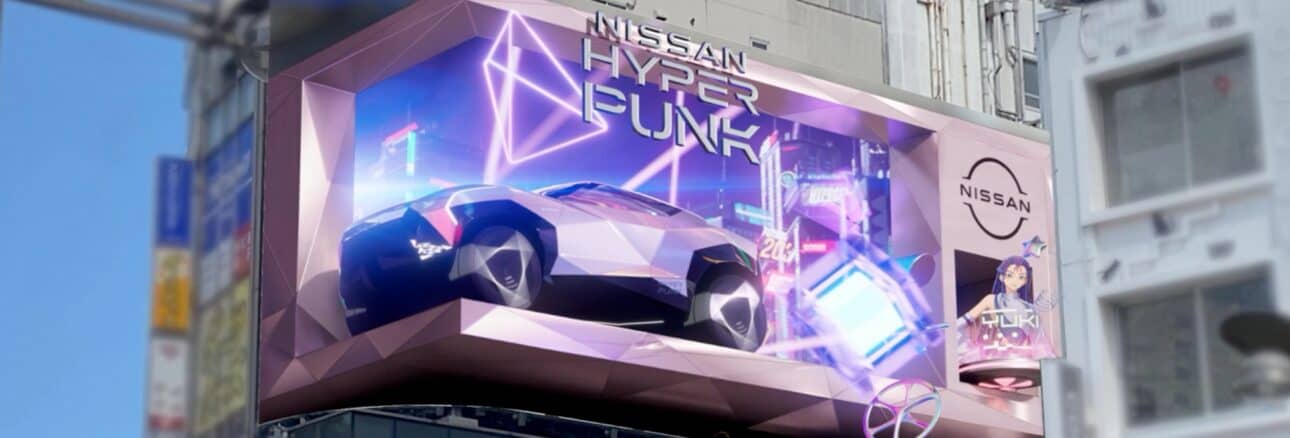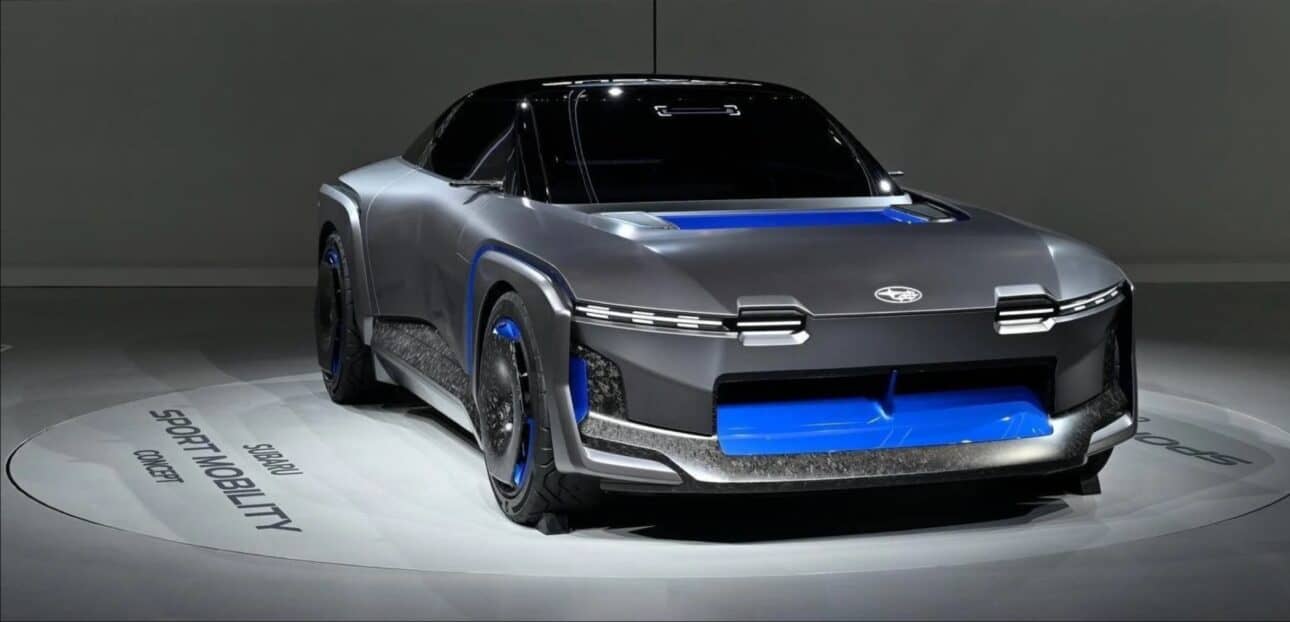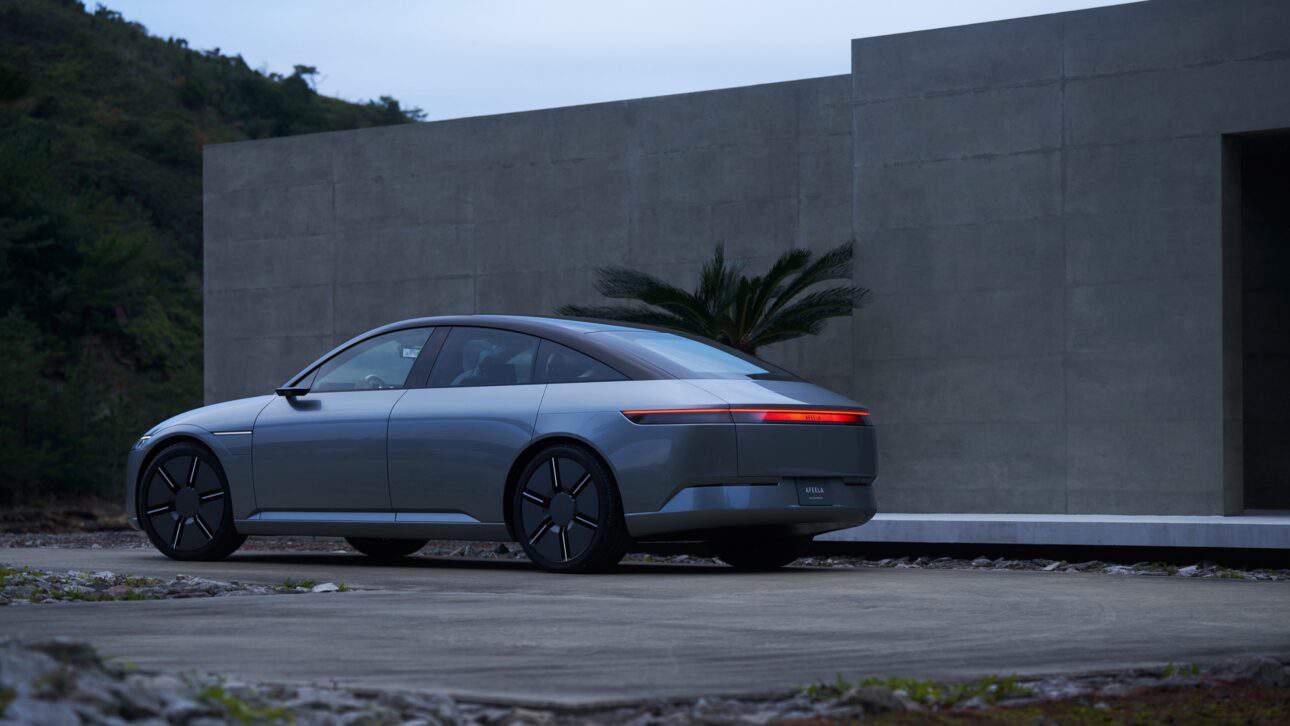Electric cars. Not big in Japan
Tokyo’s re-imagined car expo wants to electrify Japanese automakers – and global EV buyers
Tokyo’s bi-annual auto show is back for the first time since 2019 and, like its counterpart in Munich, has broadened its scope to encompass all forms of mobility as Japanese carmakers attempt to catch up to rivals in the EV market.
At the Munich expo in September some 50 Chinese companies exhibited their wares, and by most accounts BYD, Nio, Xpeng and the 47 others stole the show. The new Japan Mobility Show, however, is not exactly throwing open its doors to Chinese EV makers.
From Thursday, Japanese car aficionados will be able to kick tyres on cars from China’s BYD, but the world’s number two battery electric vehicle (BEV) maker behind Tesla will be the sole representative from the middle kingdom.
To be fair, Tokyo is only allowing three foreign carmakers onto Tokyo Big Sight, the others being Mercedes and BMW. Tellingly, the European and Chinese delegation will only be exhibiting cars already in production.
Wowing expo goers with concept cars and whatever else counts as future mobility would be the preserve of Japanese carmakers only.
And given how far Toyota, Nissan, Honda, Subaru, Mazda, Mitsubishi and Suzuki have fallen behind the rest of the world when it comes to EVs, the car buying public and auto industry investors really do require a glimpse of their grand plans.
New registrations for passenger cars last year hit their lowest annual level on record in Japan according to data from the country’s automobile association going back to 1993.
But it is the fast closing window of opportunity on lucrative export markets – which are now almost entirely EV-driven for growth – that has Japan Inc worried most.
 A yen for HEVs
A yen for HEVs
From January through August this year EV sales, including plug-in (PHEV) and conventional hybrids (HEV), topped the 1 million mark in Japan. That makes the island nation the third largest EV market in the world and the better portion of 400k units bigger than no. 4 Germany.
Impressive so far.
But digging deeper you find that Japan’s EV market is vastly different from the rest of the globe’s and crucially compared to China, the country that is eating Japanese carmakers’ lunch (and a large portion of Europe’s).
Globally, BEVs make up 50% of the passenger electric car market. In China, which so far this year sold more BEVs than the next 20 countries combined, full electrics are 61% of the market. In Germany, another country coming to the EV party unfashionably late, it’s a similar proportion.
In contrast, Japanese EV buyers choose HEVs 9 out of 10 times. BEVs have captured just 6% of the market in Japan.
Don’t hold the ICE
While even at home Toyota (including Lexus) is only ranked at no. 5 when it comes to full electric cars, on the global BEV stage, astonishingly, Toyota is ranked as the 27th biggest carmaker. Twenty-seventh.
The 86-year old Japanese industrial giant which produces more than 10 million vehicles each year lags behind Chinese start-ups Xpeng (first vehicle produced November 2018), Nio (June 2018) and Zeekr (October 2021).
Nissan at least cracks the top 20 but that has a lot to do with its Renault ties and Venucia JV in China. Honda, which manufactures BEVs in China in partnership with Dongfeng and GAC, Mazda and Mitsubishi (which just announced it’s pulling out of China), play in the same space as household names like HiPhi, Skyworth, Forthing and Togg.
In terms of battery capacity deployed, in many ways a stronger indicator of market potential than EV unit sales alone, The Adamas Intelligence EV Battery Capacity and Battery Metals Tracker shows globally BEVs are responsible for 87% of the power-hours hitting roads this year.
Toyota’s BEV share? Including JVs in China, it comes to 1.04%. Nissan, also counting Chinese partnerships, manages an even 1.00%. Honda and its Chinese associates get to 0.18% while Mitsubishi, well, point’s made.
Turning a new leaf
It could all have been so different.
Toyota launched the Prius all the way back in 1997. It landed on US shores in 2000 and was an instant success, racking up Hollywood celebrity endorsements despite its unassuming looks, and quickly becoming a symbol of the environmental movement.
The Nissan Leaf, the best-selling electric car in the world until the Tesla Model 3, has also never lived up to its potential. The ugly little duckling could’ve been the go to emissions-free city center runabout around the world. Nowadays, you’re probably more likely to see old Leafs backing up solar panels at off-the grid cabins than zipping around the narrow streets of Milan or old Shanghai.
The decade-long march Japan had on the rest of the world for lithium-ion batteries (first commercialized by Sony in 1991) and green cars has been squandered.
After an untimely pit stop to focus on fuel-cell vehicles and of-course doubling down on old-school hybrids, institutional investors finally got the message through to 1 Toyota-Cho. (Although comments made on Wednesday to reporters ahead of the opening suggest Chairman Akio Toyoda has not been convinced that BEVs are the best way to go.)
Toyota in June announced a complete overhaul of its EV strategy, including plans for solid state lithium-ion batteries, which it says will help it leapfrog competitors. The company’s peers – notably Honda and Sony’s promising jointly developed Afeela – are also slowly rolling out BEVs, even if most of them are still built on internal combustion engine platforms.
Judging by the early marketing for the concept car designs being revealed at the Japan Mobility Show, the country now sees the future world of electric cars as resembling something from Gran Turismo 28 on the PlayStation 11 or Blade Runner 2049.
Everyone involved in the global automobile industry and the many Japanophiles all around the world must be hoping it won’t take that long.
EV, Battery and Battery Materials Market Intelligence:
EV Battery Capacity and Battery Metals Tracker
Building on ongoing EV registrations in over 110 countries, our web-based platform helps users track monthly deployment of battery metals and materials, battery capacity, and the ever-evolving competitive landscapes of battery chemistries and cell suppliers.
EV Battery Capacity Monthly
The ‘EV Battery Capacity Monthly’ is a subscription-based report for tracking monthly deployment of passenger EV battery capacity by EV type, region, country, make, model, cell supplier and cell chemistry on an ongoing basis.
Back to overview



 A yen for HEVs
A yen for HEVs 
